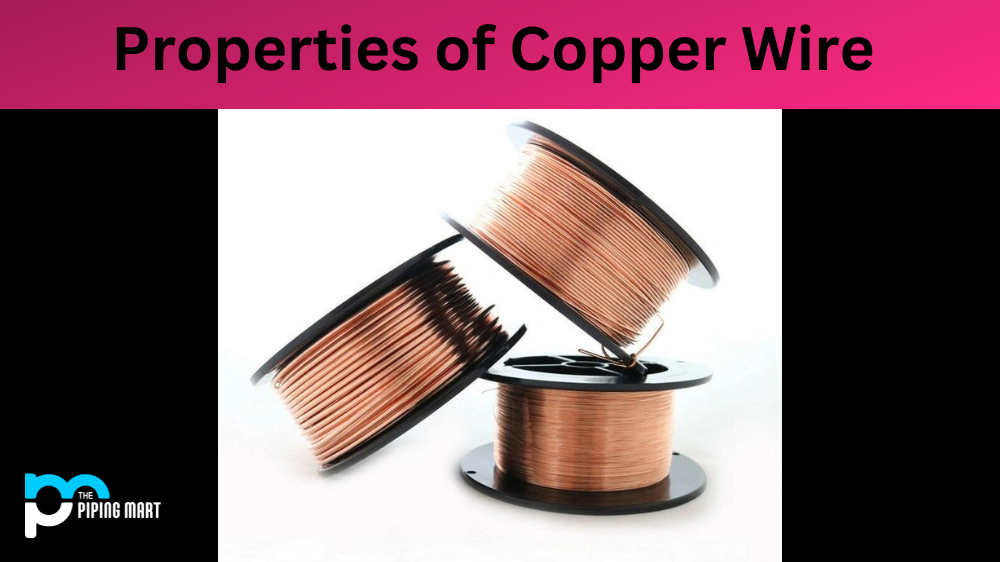Are you a welder looking for a suitable colour tungsten for mild steel? We understand that it can be tricky to choose suitable tungsten, as many different colours are available. This blog post will explain why colour matters and which tungsten is best for mild steel welding.
Why Color Matters
Tungsten colour is important because it determines how much heat the electrode can handle without melting. The colour of tungsten tells you about its electrical properties. For example, green and blue tungstens are better conductors than yellow or orange tungsten. This means that they can handle higher currents without melting or burning out.
Types of Tungsten Colors
The most common colours of tungsten are red, green, blue, orange and yellow. Red is the least conductive, and yellow is the most conductive. Blue and green are in between these two extremes. Each type of tungsten has a different melting point, making them suitable for different welding materials.
Red
The red tungstens have low current carrying capacity, so they should not be used on thick materials like mild steel because they will burn out quickly. They are, however, ideal for welding thin metals such as aluminium or stainless steel because they don’t require high currents to produce an effective weld bead.
Green
Green is a versatile colour that can be used on thick and thin materials like mild steel and aluminum. It’s also great for soft metals like copper or brass because it won’t overheat them with higher current settings.
Blue
Blue tungstens have a medium current carrying capacity, so they can be used on thicker materials like mild steel with lower amperage settings while simultaneously producing an effective weld bead. They’re also suitable for soft metals if you use low currents when welding them.
Orange
Orange is one of the most popular colours of tungsten because it has a high current carrying capacity, making it suitable for welding thicker materials like mild steel at higher amperage settings while still producing an effective weld bead at the same time. It’s also suitable for softer metals with lower amperage settings too since it won’t overheat them quickly either way!
Yellow
has the highest current carrying capacity, so it’s best suited for thick materials like mild steel at very high amperage settings when welding them effectively without burning out or overheating any other parts in the process either way! It’s also great for soft metals if used with caution since it has such a high current carrying capacity that it could potentially overheat them too quickly before producing an effective weld bead!
Conclusion:
Choosing the suitable tungsten colour is essential when welding mild steel to ensure that your electrode doesn’t overheat or burn out during operation. Red and yellow electrodes should not be used on thick material like mild steel due to their low current-carrying capacities. In contrast, blue and green electrodes are better suited due to their medium-level capabilities – though orange remains the most popular choice due to its ability to operate effectively at higher levels without burning out too quickly! Ultimately, choosing which type of electrode you use depends upon your particular application – but rest assured, knowing that no matter your situation, there’s sure to be an appropriate option available!

A passionate metal industry expert and blogger. With over 5 years of experience in the field, Palak brings a wealth of knowledge and insight to her writing. Whether discussing the latest trends in the metal industry or sharing tips, she is dedicated to helping others succeed in the metal industry.




